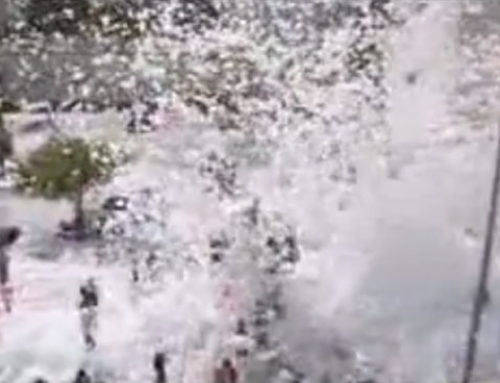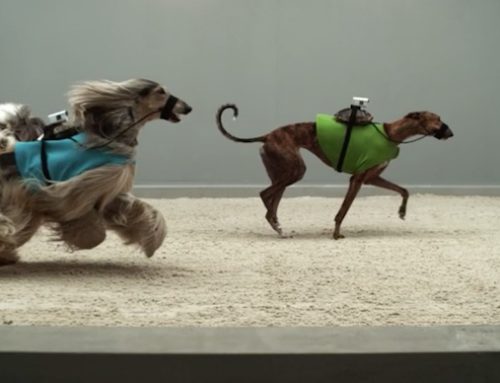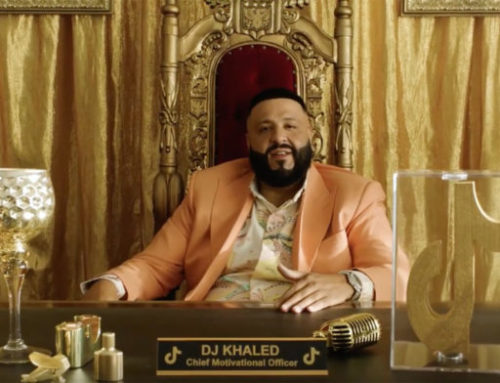A set designer’s role is to help bring the script to life– through the use of props and scenery. This creative team member works closely with the director, as well as the costume, lighting, and sound designers. Steps to creating the perfect set may include script analysis and sketching, modeling, and rendering.
Step 1: Analyze the script.
First, a set designer reads the script from start to finish for inspiration and significant thematic content. The first read-through with the team is a collaborative experience—no notes, no drawing, no critical thinking.
Next, the set designer reads with a red pen or highlighter, marking places where visual elements are needed—costumes, lights, colors, or props. Color-coded categories can quickly identify repeated imagery, metaphors, or symbols. In the script margins, it can also be helpful to jot down artist names, questions, or ideas. Once the highlighting is finished, a detailed list of set needs can be generated.
Step 2: Sketch, model, or render the set.
This next step depends on the training and preference of the set designer. Some are skilled artists who love sketching storyboards and thumbnails. The benefit of this model of development is that each drawing can be completed in minutes. Once six to eight sketches are created, the set designer can collaborate with the director to decide what ideas to keep and what to scrap. More advanced sketches can use charcoal and various shades of gray or even watercolor paint accents.
Other set designers are trained in physical modeling. They usually build a one-quarter inch scale reproduction of the set using cardstock paper and glue for their rough models. A rough white model can also be created, including additional structural details like door molding, window trim, and furniture blocking. Finally, a model can be made using paper, wood, foam, or plastic created to precise measurements.
Recent set design graduates will have experience in 3D computer rendering programs like AutoCAD. These programs have the most versatility to experiment with different colors, textures, and scale. In addition, photographs of props can be used to decide what items to haul out of the warehouse or otherwise procure.
Step 3: Collaborate with the creative team.
Design is a team effort, so the set designer will have frequent meetings to brainstorm ideas and make decisions regarding the final production. Directors have the most say, but actors can alter the design once they begin interacting with it. Troubleshooting and problem-solving are a big part of a set designer’s job. Does the wall color clash with an actor’s costume? Does the tree block the audience’s view? Did a prop break during rehearsal and require replacement? Working together with others to find creative solutions can be a challenging yet rewarding part of the process.
Are You Looking for Professional Set Design?
If you need a set design, contact Movie Prop Rentals for everything from design and modeling to set staging and prop rental. If we can’t find what you need for your production, we can make it in our 3D fabrication studio. We’ve worked on Broadway shows and commercials, music videos, talk shows, and major motion pictures. Contact us for a no-obligation, customized quote on our services. We can do as much or as little as you need! We are based in Miami, FL, but we routinely travel.





